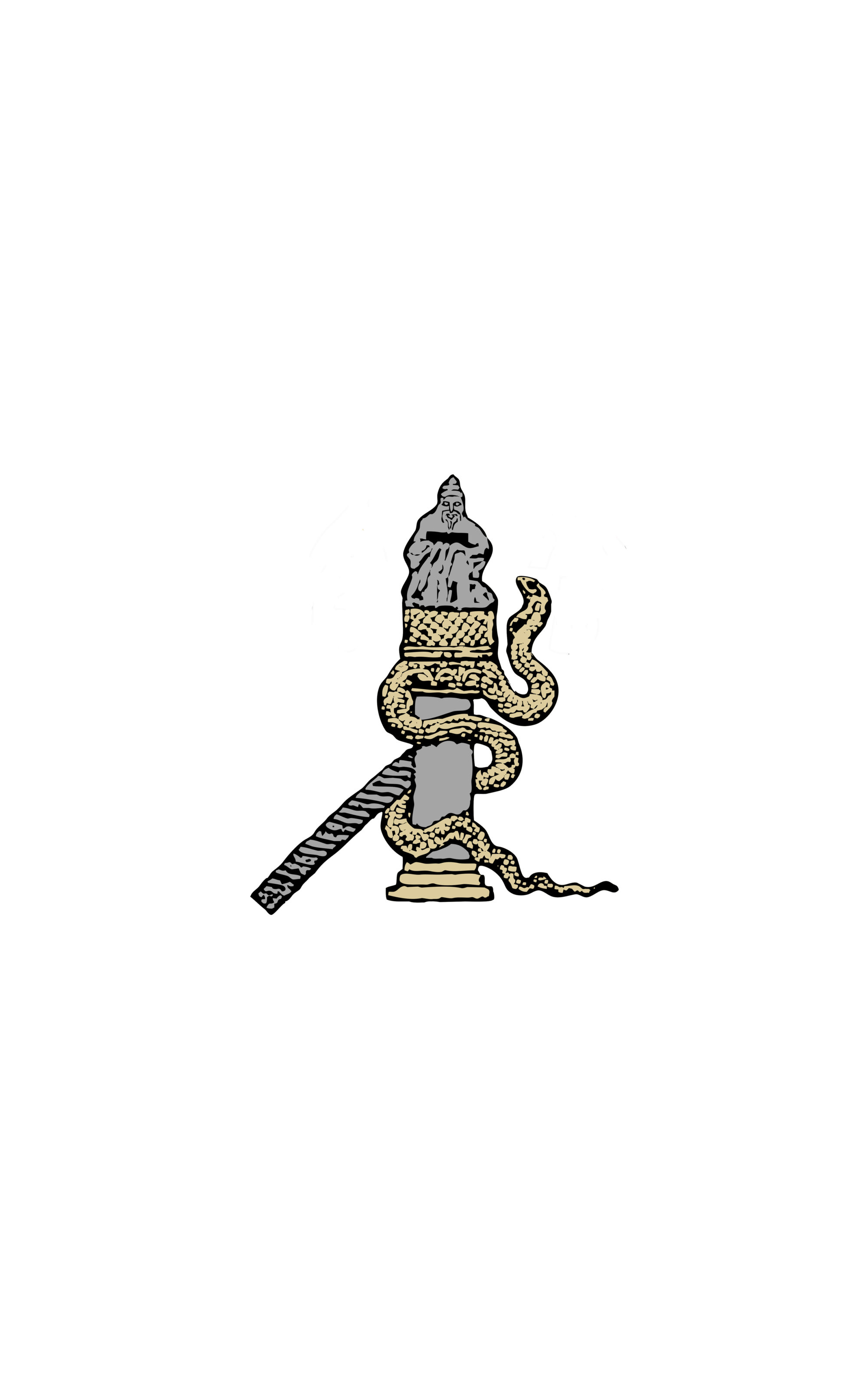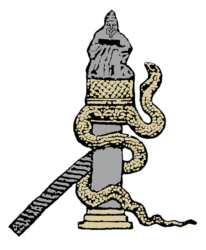Secret places or side story tellers: Visual Narrative of Late Byzantine Parekklesions
Milica Nestorović, Université de Belgrade
Designed as a space of liturgical significance, parekklesions provide answers to numerous contexts present in aesthetic principles of Late Byzantine Art. Parekklesion as architectural compartment was often used as a place of narration and where items of great importance for monastic life were hidden. Incorporated in the main body of the church, parekklesions of Church of Christ in Chora and particularly Monastery of Christ Pantocrator in Constantinople could be understood as narration prototypes.
Based on a series of examples of wall painting in Serbian medieval chapels, the eschatological character of parekklesions will be examined. On the example of Žiča, founded by Stephan the First-Crowned and St. Sava, also written source as Jerusalem Typikon from 1319, written by Archbishop Nikodim, this paper will show the founder’s conceptions of parekklesions e.g. ktetorial will.
Sava of Serbia who stood behind intellectual translation of parekklesion idea in Serbia, according to sources became similar to Moses, and Žiča became Old Testament Skinia. The authority of Moses’ Skinia and parallels with the monastery of St. Sava the Sanctified, as well as the authority of the first Serbian archbishop, were necessary to justify the introduction of the new typikon to Serbian churches.
In the same manner as with Žiča, starting from the monastery Typikon, inscription, liturgy practice or parekklesions’ inscription, I will show the use of parekklesions in the wide sense.
Therefore this paper will also discuss buildings contemporary to Constantinopolitan architectural production such as The Church of the Saint Apostles in Peć, Holy Virgin of Ljeviška, Gračanica, Staro Nagoričino, Virgin Church in Mateić and finally Church of Christ Pantocrator in Dečani.

